217 videos match your search.
 |
This is part 4 of an 8-part screencast series giving an overview of the benefits of Mathematica 8 for education, with a focus on getting started with basic graphics. Includes Chinese translation. |
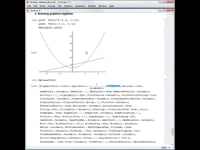 |
This is part 4 of an 8-part screencast series giving an overview of the benefits of Mathematica 8 for education, with a focus on getting started with basic graphics. Includes Japanese audio. |
 |
This is part 5 of an 8-part screencast series giving an overview of the benefits of Mathematica 8 for education, with a focus on how to make interactive graphics. Includes Chinese translation. |
 |
This is part 5 of an 8-part screencast series giving an overview of the benefits of Mathematica 8 for education, with a focus on how to make interactive graphics. Includes Japanese audio. |
 |
This is part 6 of an 8-part screencast series giving an overview of the benefits of Mathematica 8 for education, with a focus on how to utilize data. Includes Chinese translation. |
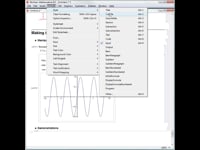 |
This is part 6 of an 8-part screencast series giving an overview of the benefits of Mathematica 8 for education, with a focus on how to utilize data. Includes Japanese audio. |
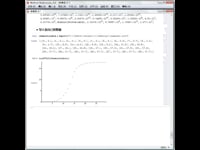 |
This is part 7 of an 8-part screencast series giving an overview of the benefits of Mathematica 8 for education, with a focus on how to create presentations. Includes Chinese translation. |
 |
This is part 7 of an 8-part screencast series giving an overview of the benefits of Mathematica 8 for education, with a focus on how to create presentations. Includes Japanese audio. |
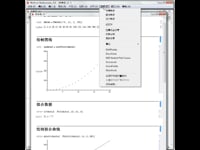 |
This is part 8 of an 8-part screencast series giving an overview of the benefits of Mathematica 8 for education, with a focus on building an example presentation complete with calculations, graphics, ... |
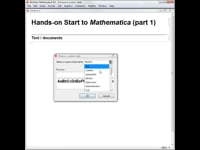 |
This is part 1 of an 8-part screencast series giving an overview of the benefits of Mathematica 8 for education, with a focus on how to get started using notebooks. Includes Spanish ... |
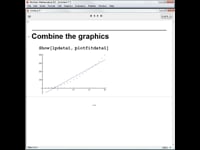 |
This is part 8 of an 8-part screencast series giving an overview of the benefits of Mathematica 8 for education, with a focus on building an example presentation complete with calculations, graphics, ... |
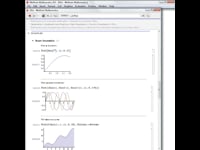 |
This is part 2 of an 8-part screencast series giving an overview of the benefits of Mathematica 8 for education, with a focus on different methods for getting started with Mathematica. Includes ... |
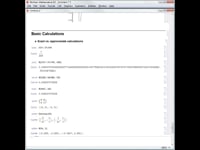 |
This is part 3 of an 8-part screencast series giving an overview of the benefits of Mathematica 8 for education, with a focus on getting started with basic calculations. Includes Spanish audio. |
 |
This is part 4 of an 8-part screencast series giving an overview of the benefits of Mathematica 8 for education, with a focus on getting started with basic graphics. Includes Spanish audio. |
 |
This is part 5 of an 8-part screencast series giving an overview of the benefits of Mathematica 8 for education, with a focus on how to make interactive graphics. Includes Spanish audio. |
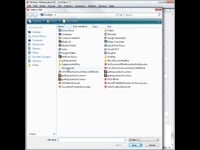 |
This is part 6 of an 8-part screencast series giving an overview of the benefits of Mathematica 8 for education, with a focus on how to utilize data. Includes Spanish audio. |
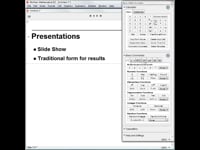 |
This is part 7 of an 8-part screencast series giving an overview of the benefits of Mathematica 8 for education, with a focus on how to create presentations. Includes Spanish audio. |
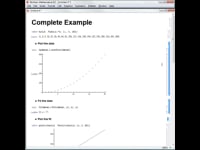 |
This is part 8 of an 8-part screencast series giving an overview of the benefits of Mathematica 8 for education, with a focus on building an example presentation complete with calculations, graphics, ... |
 |
Get an overview of Mathematica 8's new features, including free-form input, advanced statistics capabilities, state-of-the-art image processing, and more. Includes Japanese audio. |
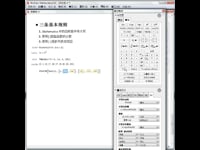 |
This screencast gives an introduction to Mathematica 8, including how to use free-form input, Wolfram|Alpha integration, and the Documentation Center. Includes Chinese translation. |